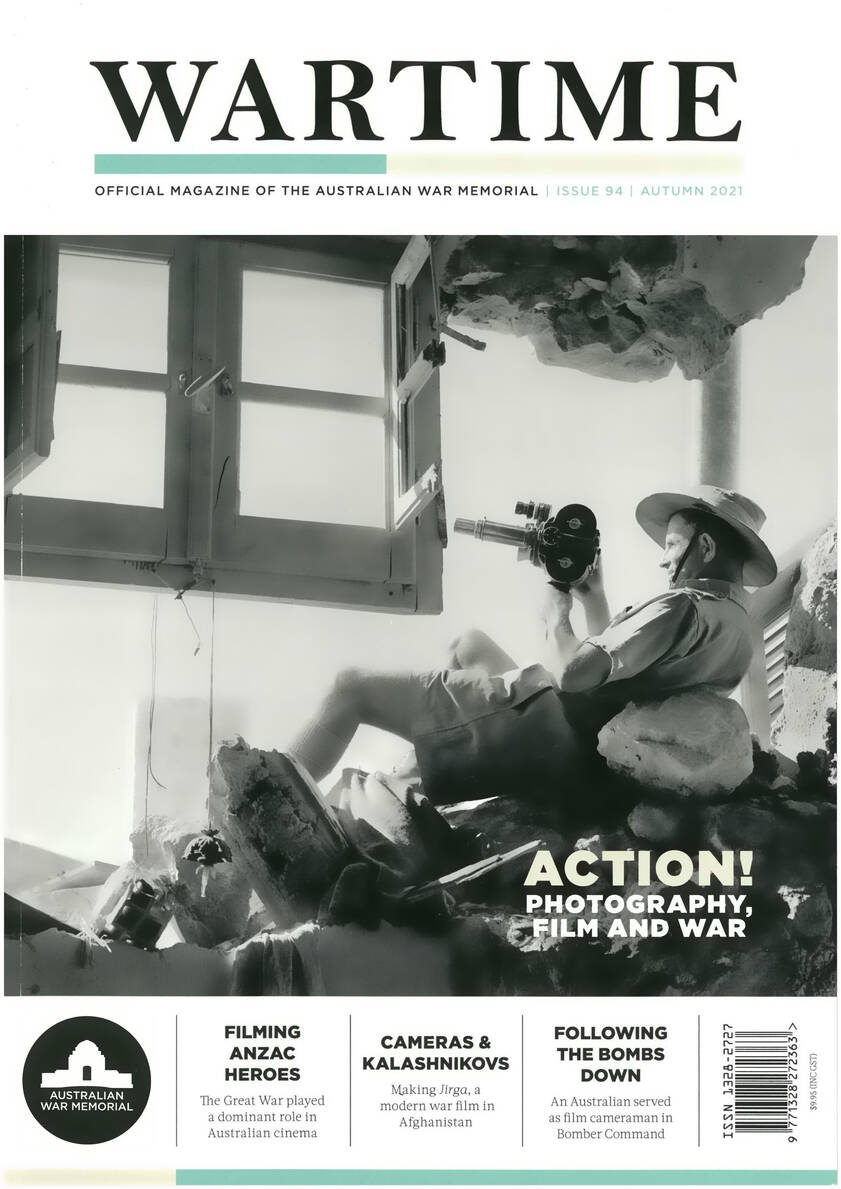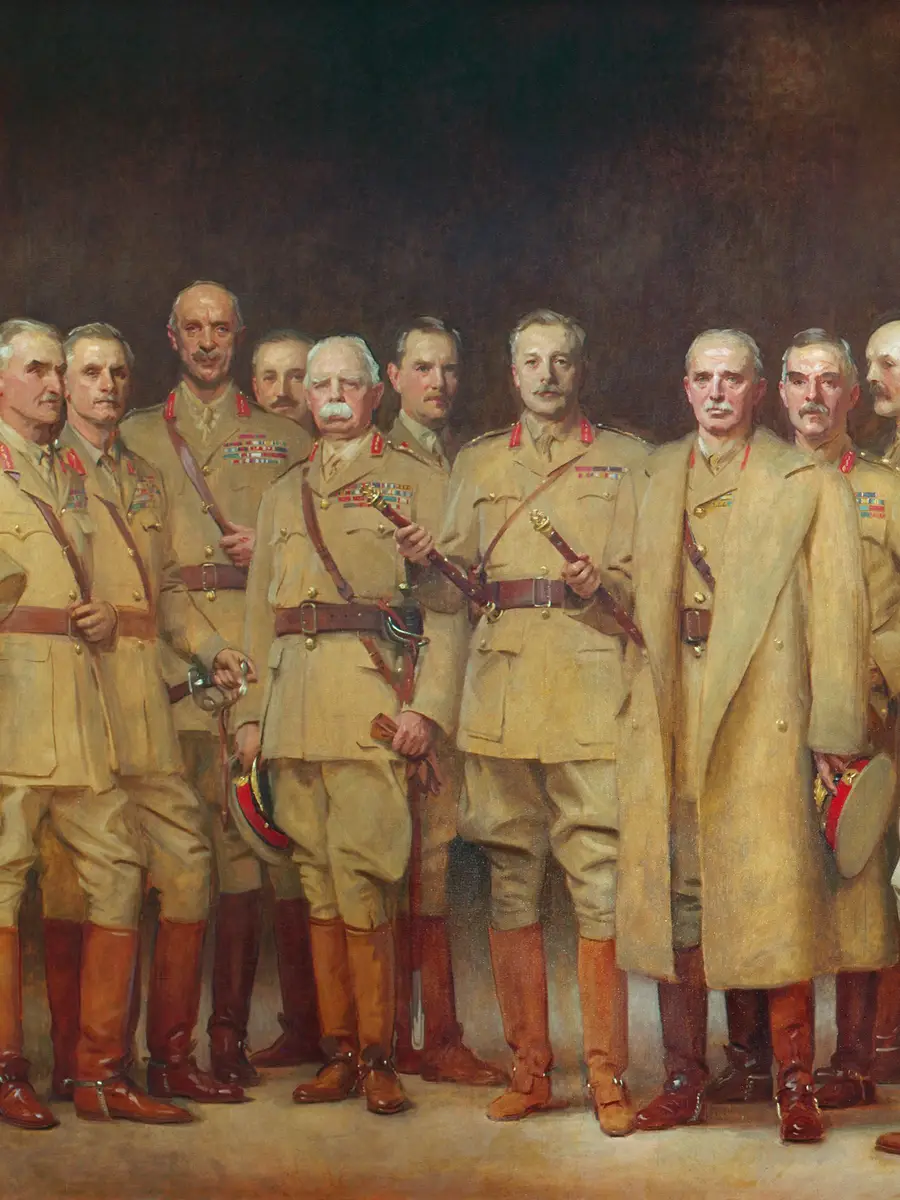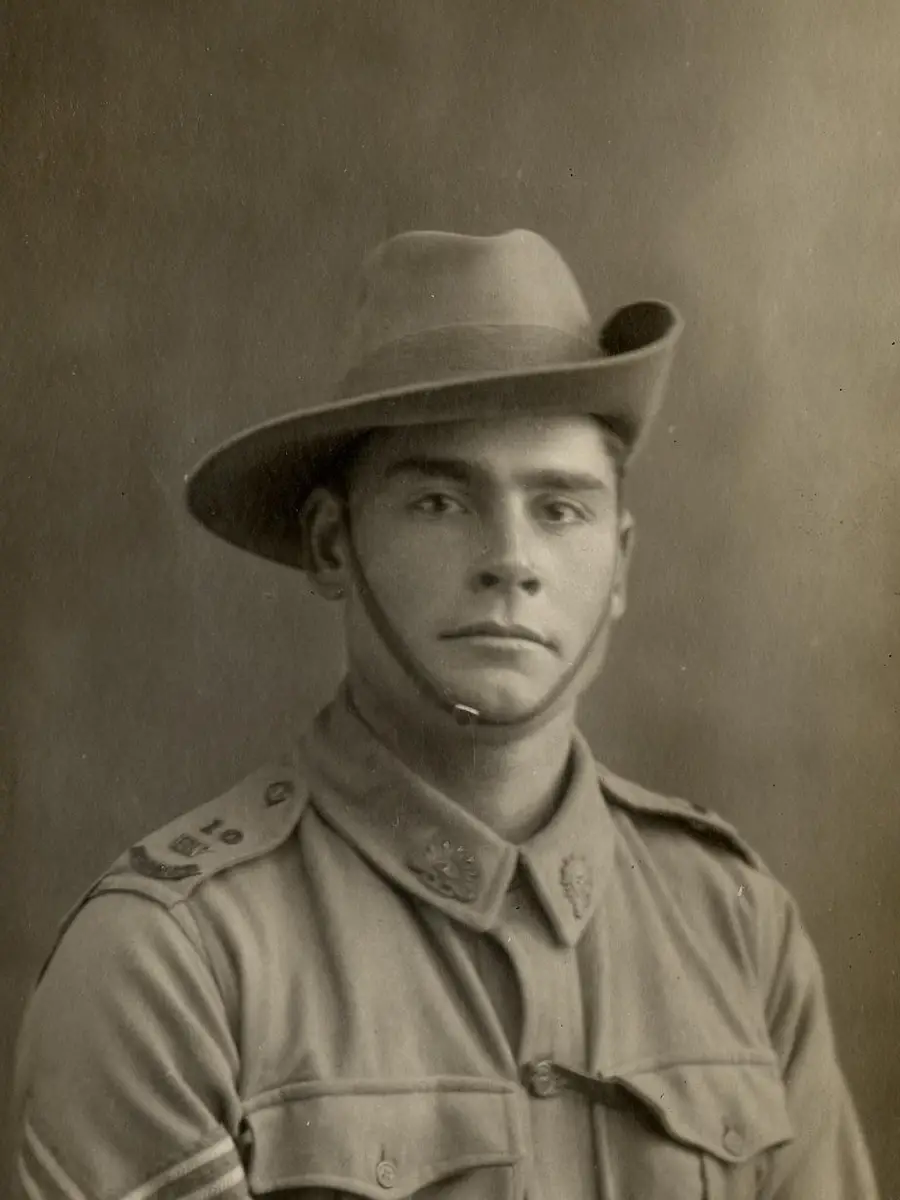After the Australian escape from Anzac Cove on Gallipoli would similar deceptions work again?
The evacuation of the Anzac garrisons on the night of 19 December 1915 left the 40,000-strong VIII Corps still clinging on at Helles. The position there had been retained largely because the Royal Navy doubted their ability to evacuate all three bases in a single night. It was evident that the Turks could now concentrate all their forces against the last remaining invaders. In particular, the Turkish artillery would soon have the resources to blast the allies from Gallipoli once and for all. Evacuation seemed inevitable; but was it even possible, with the Turks forewarned and forearmed?
At Helles, the shelling steadily increased as Turkish batteries began to arrive from Suvla and Anzac. Lieutenant Douglas Jerrold of the Hawke Battalion certainly noticed the change.

British troops move along the beach from Gully Ravine to X Beach at Cape Helles. This photograph was possibly taken during the evacuation. c. January 1916
Evacuation seemed inevitable; but was it even possible?
The generals responsible for the Helles garrison were General Sir Charles Monro (Middle East Command), General Sir William Birdwood (Dardanelles Army) and Lieutenant General Sir Francis Davies (VIII Corps). They were unanimous in wanting to get their men away. They were aided by the appointment on 23 December of Lieutenant General Sir William Robertson as Chief of the Imperial General Staff. Robertson was a “Westerner”, who believed the key battleground was in France and Flanders and was thus intent on ending what he saw as the wasteful Gallipoli sideshow. He insisted on an immediate government decision to get the men off Helles. On 28 December, his advice was accepted, and he was able to send the telegram which began the final countdown to evacuation. Birdwood set 8 January 1916 as the final day on the Peninsula if – and it was a big if – the weather held.
Overall, at Helles, they had the dual problems of the considerable distance to be traversed to reach the beaches – as had happened at Suvla – and at the same time the conundrum of the closeness of the opposing front lines, as at Anzac. After a reshuffle, the Helles garrison consisted of the 13th Division on the left, then the 29th and 52nd Divisions in the centre, and the 63rd Royal Naval Division, the RND, on the right. This account concentrates on the evacuation of the RND, who occupied the former French sector of Kereves Dere.
Ways out
It was evident that they could not fight their way out, but must fool the Turks. Their previous success at Anzac was largely due to Birdwood’s chief of staff, Brigadier General Cyril Brudenell White, who had realised that the biggest threat in the final stages would be the silence that would fall over the front lines as the troops departed. His solution had an elegant simplicity: for his troops, he introduced silent periods during which Turkish activity in no man’s land would be ignored. Then the troops would suddenly open fire, often catching the complacent Turks out in the open, and causing casualties. In modern parlance, the Turks were being conditioned to think that extended periods of complete silence and apparent inactivity were now normal. Silence did not mean no one was there. This cunning plan had paid great dividends during the evacuation of Suvla and Anzac. But could it work again? They had to try, as Corporal Harry Askin of the Portsmouth Battalion, RND, recalled.

As at Anzac, British soldiers tried to convince the Ottoman soldiers that the Helles garrison was still held in strength. c. January 1916. AWM
There was an enormous amount of work to be done. Hordes of troops, guns, horses and mules, a vast mountain of stores, and tons of munitions … everything had to be either evacuated or destroyed. Last-ditch defences needed to be created around the main evacuation points at V and W Beaches, where the primitive harbour facilities had to be covertly improved to allow the rapid embarkation of thousands of men in just a few hours.
The selected routes from the allied positions back to the beach had been marked out with flour, and the others were blocked with masses of tangled barbed wire. Along the planned route were control stations to monitor and report the passage of each party. Major Norman Burge of the Nelson Battalion, RND, explains their role.

The evacuation of Gallipoli was the only part of the campaign that went to plan, at the cost of thousands of tonnes of materiel. January 1916. AWM H10391
One the move
As night fell, the final evacuation began. The men wore sandbags over their boots and a layer of straw had been laid on the floor of the trenches to muffle their footsteps. Gradually the garrison melted away. For Sub-Lieutenant Ivan Heald of the Hood Battalion, RND, there was nothing to do but wait.
At long last the time came for Heald and his small party to start back to V Beach.
Behind them, the self-firing rifles used at Anzac would help create the illusion that the trenches were still occupied for another 30 minutes. Time was precious. Off the men went, back down the zigzagging communication trenches. It was some three miles (nearly five kilometres) back to V Beach.
Even when Heald’s party reached the beach, they knew that they were still extremely vulnerable to fire from the Turkish batteries.
Ordinary Seaman Joe Murray left on a lighter from the River Clyde. He was spectacularly ungrateful to the staff who had tried to ensure his safety.
The chap in front of me was as sick as a dog. Half of them were asleep and leaning. We were packed up like sardines. It was dark, of course. I remember a couple of fellows behind me pushing and shoving, and I thought,
We left there like a lot of cattle, being dumped into a lighter and just pushed to sea – and nobody gave a tinker’s cuss whether we lived or died.
Behind them, Norman Burge carefully counted off each and every soldier at the control station.
The party finally got away at about 3.30 am. Still the Turkish lines remained quiet. If any junior ranks realised, or guessed, what was happening they did not inform their senior officers. They had learnt that ‘periods of silence’ could come to an abrupt end and they did not want to test it out. The RND evacuated from V Beach undisturbed and without loss. Around the headland at W Beach, there were far more alarums and excitement in the last few hours, but they too managed to get everyone off unscathed. When the Turks realised what was happening, their guns blazed out to pound the beaches, demonstrating that they would have opened fire earlier if the higher command had realised what was happening. But it was too late – the British had gone, although they had had to abandon a huge quantity of stores and equipment. The British soldiers may have been reluctant to accept defeat on Gallipoli, but it is not in the nature of soldiers to brood for too long. Their minds turned to the challenges to come – Norman Burge somewhat less seriously than others.
He would be killed on the Somme on 13 November 1916. The war went on without him.



